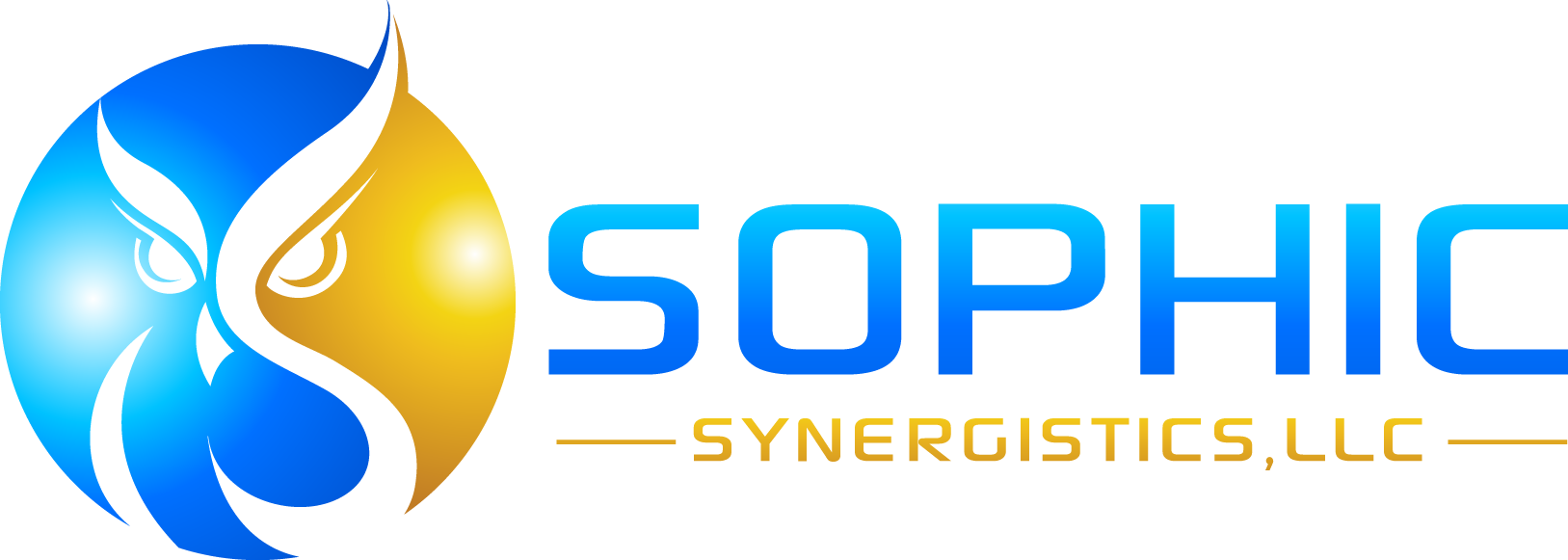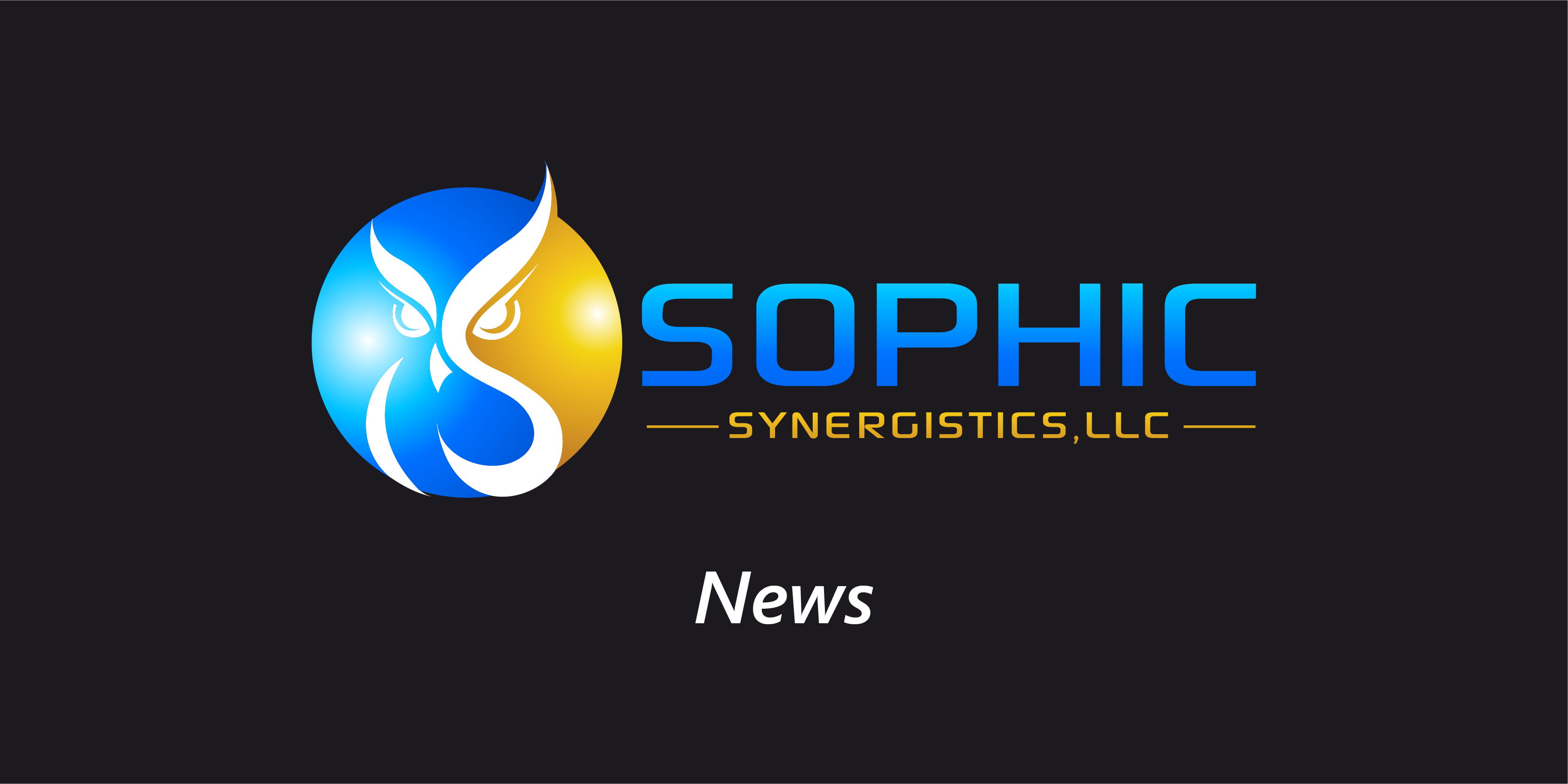We are experiencing the fastest rate of change in history, particularly with respect to technology development. Consequently, organizations are now challenged to get ahead of the curve to remain competitive rather than just running to catch up.
Unfortunately, organizations don’t always recognize the need to change proactively, often reacting to symptoms relating to loss in market position and competitive edge because they have already fallen behind the curve. The challenges that an organization will face when attempting to respond to changing market conditions are varied, but for many the existing culture will act like an anchor when an effort is made to change strategic direction. The true organizational culture that lies beneath an organization can be so resistant that it will effectively act against the type of organic activities that lead to innovative outcomes and competitive edge. Pitting the organization against itself and preventing alignment with a new strategic plan. This makes culture one of the most influential variables in any organizations’ effort to reposition and realign successfully within the marketplace and regain leadership position.
Why do we often miss the signs of a stagnant culture that decreases the ability to become and remain innovative? The current rapid rate of change is causing the workforce to experience tremendous organizational pressure to consistently deliver new and innovative products at an unsustainable and exponential rate. This organizational need may not be clearly articulated and the expectation and pressure creates an environment of burnout, where people withdraw and no longer have the ability to meet the “requirement” to be innovative. The innovative ability of the workforce declines due to a lack of resources and fundamental conditions to support a creative environment that drives the generation and development of new ideas, or innovative outcomes. Without time to reflect, process, and connect new with existing knowledge there is no opportunity for a human to develop ideas that lead to revolutionary products, services or breakthrough innovations. The basic needs of the human in the innovation equation are left unmet and unbalanced.
As part of our workshop, “Innovation is more than an act, it is an organizational philosophy”, we evaluate the culture that lies beneath the organization and the factors that lead to barriers to innovation. Workshop participants consistently identify several key factors that cause a resistive culture to develop. Many of these factors are driven by a lack of alignment between the goals of the organization and provision of essential resources that support innovative outcomes. These factors include: unwritten rules or expectations of the organization, defining innovation as a requirement, no time to generate ideas, no time or finances to explore new ideas, no collaborative environment that drives human interaction to share and develop ideas, expectation that all new ideas will result in a profitable outcome, the strategy is not clear or effectively communicated by leadership, fear of failure, and lack of employee ownership of projects.
Any one of these issues, if left to fester, can destroy an organization. In reality, the situation is much more complicated and an organization is often plagued with the existence of multiple barriers. All of these factors work against an organization’s best efforts to promote change and to reclaim a competitive edge within their industry or dynamically enter a new market. A human-centered approach to business strategy, with a focus on meeting fundamental human needs, will help cultivate innovative behaviors, ideas, and drive tactical and strategic alignment. Ultimately, repairing the dysfunctional culture that lies beneath.






